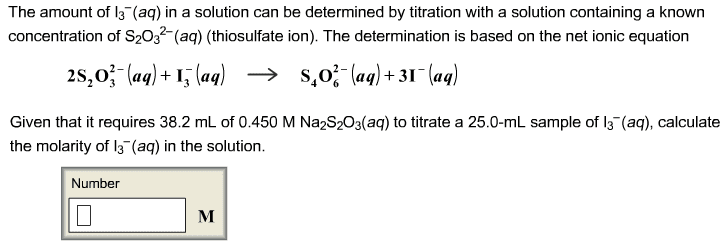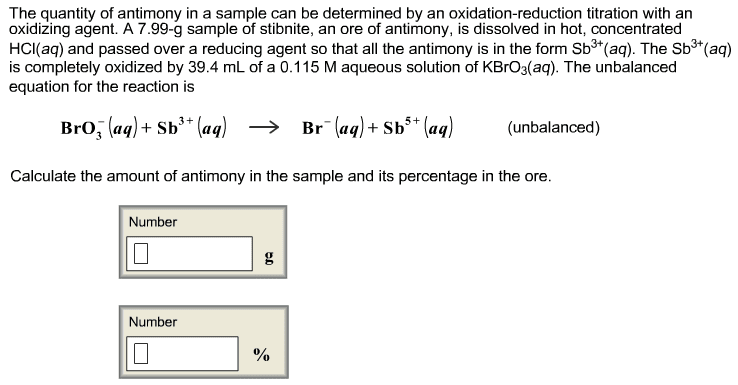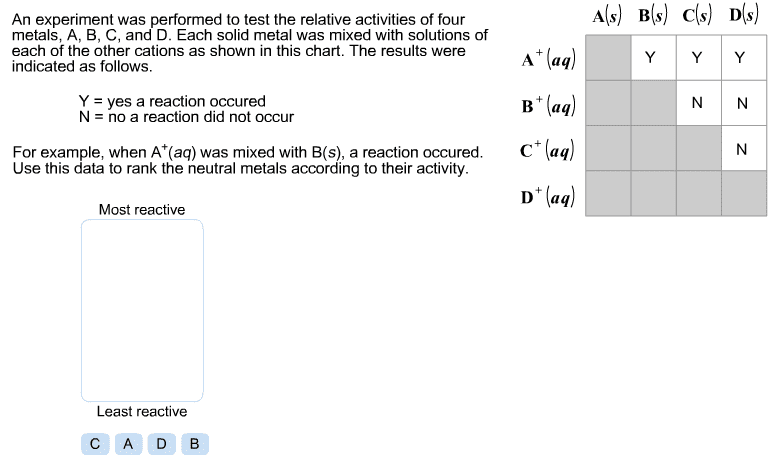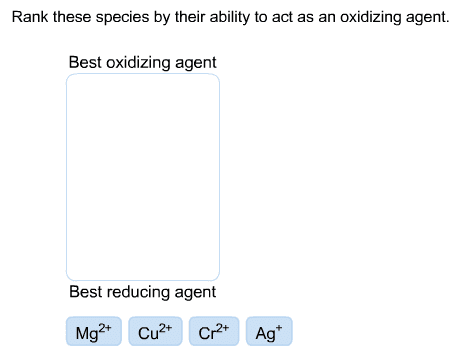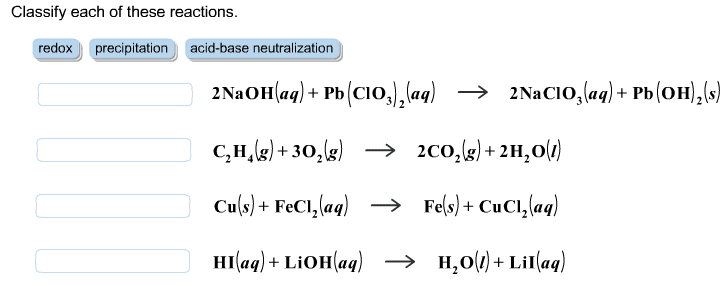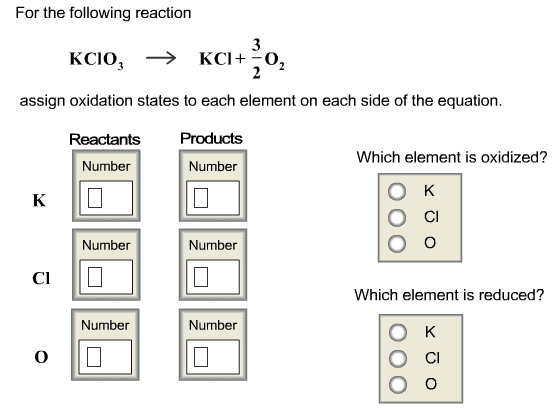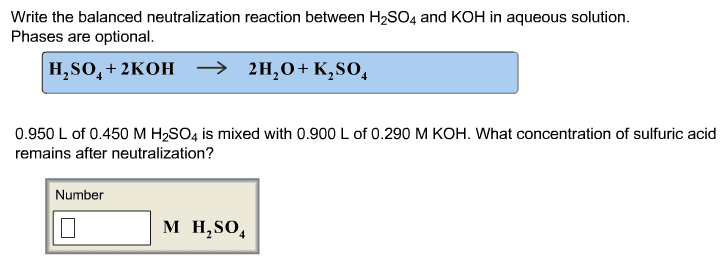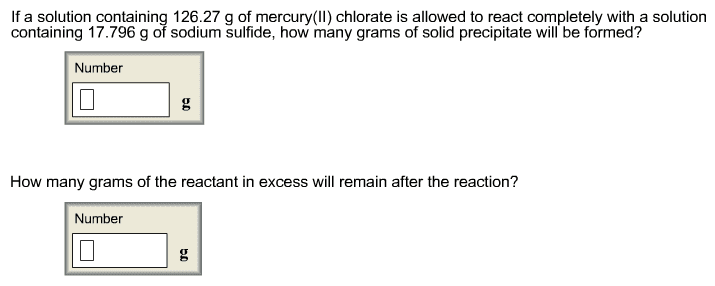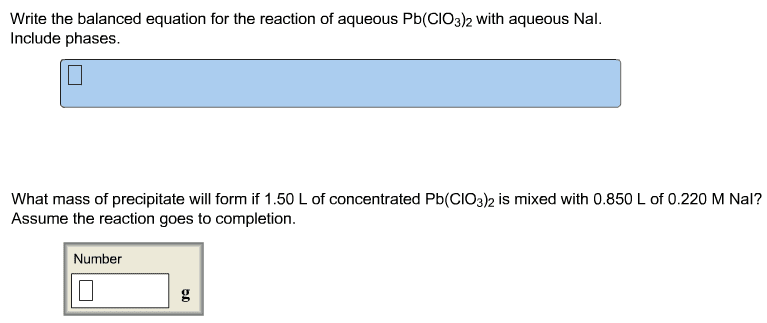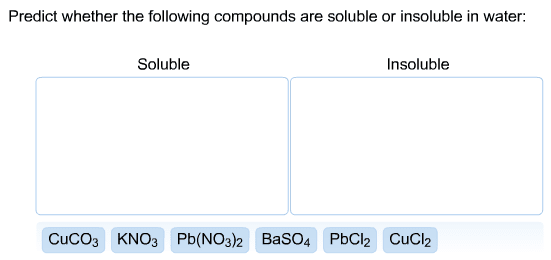1- In the titration between potassium iodate and the sodium thiosulfate solution, if the titration is not performed immediately after the addition of the sulfuric acid, how would this likely affect the calculated concentration of your diluted sodium thiosulfate solution?
2- Why did the titrations performed need to be started immediately after adding the sulfuric acid?
3- A sample of bleach was analyzed as in this procedure. The only procedural difference is that the student weighed out the bleach solution used instead of pipetting a certain volume of bleach. The student weighed out 0.634 g of commercial bleach solution. It was found that it required 13.24 mL od 0.0732 M sodium thiosulfate solution to react with the iodine produced. What is the percentage of sodium hypochlorite in this bleach sample?
4- The active ingredient in many commercial liquid bleaches is sodium hypochlorite. The bottle lists the percentage of sodium hypochlorite as 6.0%. If the density of commercial bleach is 1.084 g/mL of 0.150 M sodium thiosulfate is required to reach the end point in a titration similar to the one performed in this experiment, if a student analyzed a 2.0 mL sample of bleach.
1- In the titration between potassium iodate and the sodium thiosulfate solution, if the titration is not performed immediately after the addition of the sulfuric acid, how would this likely affect the calculated concentration of your diluted sodium thiosulfate solution?
2- Why did the titrations performed need to be started immediately after adding the sulfuric acid?
3- A sample of bleach was analyzed as in this procedure. The only procedural difference is that the student weighed out the bleach solution used instead of pipetting a certain volume of bleach. The student weighed out 0.634 g of commercial bleach solution. It was found that it required 13.24 mL od 0.0732 M sodium thiosulfate solution to react with the iodine produced. What is the percentage of sodium hypochlorite in this bleach sample?
4- The active ingredient in many commercial liquid bleaches is sodium hypochlorite. The bottle lists the percentage of sodium hypochlorite as 6.0%. If the density of commercial bleach is 1.084 g/mL of 0.150 M sodium thiosulfate is required to reach the end point in a titration similar to the one performed in this experiment, if a student analyzed a 2.0 mL sample of bleach.
For unlimited access to Homework Help, a Homework+ subscription is required.

